Ford to expand China R&D: report
Updated: 2014-03-07 13:21
By Michael Barris in New York (China Daily USA)
|
||||||||
A reported plan by Ford Motor Co to expand its research and development operation in China by boosting its workforce by 50 percent to about 2,000 people by 2018, would help Ford "anticipate and react faster to consumer and market changes in China, and in other growth markets in Asia", a market analyst said.
The Dearborn, Michigan, automaker plans to invest $100 million to hire the additional workers, construct a new building and build a test track at its Research and Engineering Center in Nanjing, south of Beijing, the Wall Street Journal's website reported Thursday.
A spokesman for Ford could not be reached for comment on the report.
The Journal posting quoted John Lawler, chief executive of Ford Motor China, as describing the expansion of the research and engineering center, or REC, in the eastern Chinese city of Nanjing as "one of our top global-product-development priorities."
"Growing REC - one of eight such centers in Ford's global system - allows our global team to better integrate local customer insight from China and from Ford's other Asia Pacific markets into global product development programs," Lawler was quoted as saying.
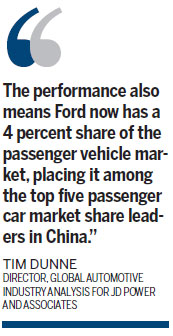
Tim Dunne, director of global automotive industry analysis for California-based marketing information services company JD Power and Associates, told China Daily the reported investment in Ford's R&D facility in China continues a pattern of strategic expansion in the country for the second-largest US automaker.
"Ford more than doubled production of Ford-branded vehicles in China between 2011 and 2013, from 318,000 to 685,000 vehicles," Dunne said.
Ford's Detroit rival, General Motors Co, was among the first global auto makers to invest in a substantial R&D facility in China, "and the move paid nice dividends for the company, with GM able to get products to market faster," Dunne said.
In 2013, Dunne said, Ford sold about 680,000 locally-produced Ford-branded vehicles in China. "Through the first two months of 2014, Ford sold about 150,000 passenger-vehicles, an increase of nearly 60 percent year-over-year for the period, by far the fastest year-over-year growth among global auto brands.
"The performance also means Ford now has a 4 percent share of the passenger vehicle market, placing it among the top five passenger car market share leaders in China."
Dunne said the Ford Focus compact car accounts for more than half of Ford's passenger vehicle sales. "But the offering of two small SUVs (the Kuga and Ecosport) have contributed substantially to sales growth, as has the new Mondeo midsize passenger car," Dunne said.
The reported expansion plan comes as GM and Ford both enjoy strong China sales gains. GM reported a 20 percent jump in February sales while Ford posted a 67 percent surge from a year earlier.
GM and its Chinese ventures reported combined vehicle sales of 257,770 for the month - following on a 12 percent sales climb in January and an 11.8 percent rise in December.
Ford said Thursday it sold 73,040 vehicles in China during February, coming on the heels of a 53 percent sales rise in January and a 35 percent jump in December.
GM, with partners FAW Group and SAIC Motor Corp, has sold 605,831 vehicles in China since the start of 2014. Ford, partnering with Chongqing Changan Automobile Co and Jiangling Motors Corp, has sold 167,506 vehicles in China since January.
Ford plans at its Nanjing R&D outlet to increase the number of employees to around 2,000 people by 2018 by adding around 200 new employees each year, according to the Journal report. To date, the company has invested more than $200 million in the facility. The expansion plan involves an additional investment of $100 million.
When Ford moved into the current facility in 2007, the center had around 300 employees.
Ford Motor Research & Engineering (Nanjing) Co currently has about 1,300 employees.
Ford said it is adding a third building in Nanjing complex, but provided no additional details on timing. Ford's current facilities can accommodate 1,600 employees, the Journal reported.
Ford is also adding a test track at a location 100 kilometers from the Nanjing facility. Ford didn't give a timeline, saying only in a statement that it was working to make the track "operational as early as possible."
A spokesman wrote the Journal that the test track would help its researchers based in the Nanjing area to expand their vehicle-development capabilities and allow them to play a bigger role in Ford's new global-vehicle-design programs.
In February, Lawler said he expected Ford's sales growth in China would outpace growth in the broader Chinese auto industry this year. He expects China's auto industry to grow between 7.5 percent and 8 percent this year. In the same interview, Lawler forecast Ford would sell more than 1 million vehicles in China in 2014.
Under a 2011 plan, Ford committed to invest $5 billion in China to expand the number of its manufacturing facilities there to nine from four. A new plant in the eastern city of Hangzhou that cost $760 million and has a capacity to build 250,000 vehicles a year will open in 2015, the Journal reported.
michaelbarris@chinadailyusa.com
(China Daily USA 03/07/2014 page1)
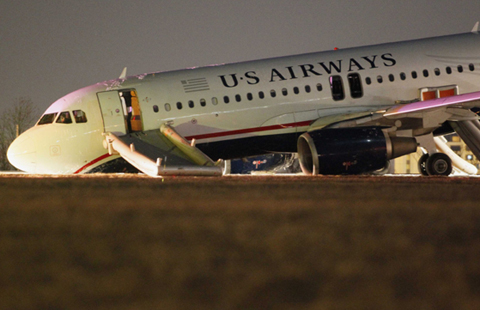
 Nose gear on plane collapses at Philly airport
Nose gear on plane collapses at Philly airport
 US Black Sea naval drills start near Crimea
US Black Sea naval drills start near Crimea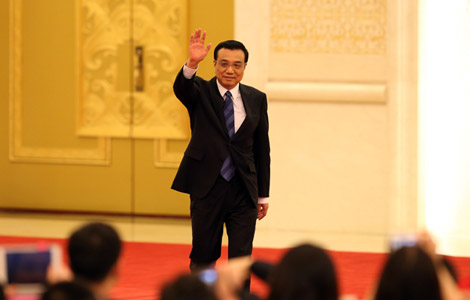
 Cooperation at the heart of win-win, Li tells world
Cooperation at the heart of win-win, Li tells world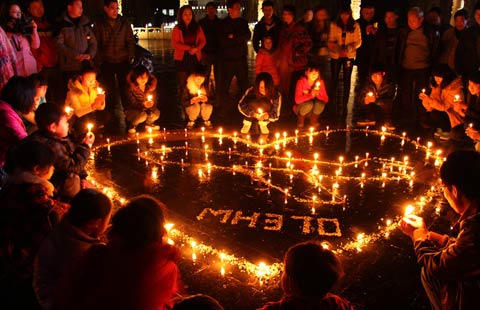
 Prayers for missing flight MH370
Prayers for missing flight MH370
 US first lady promotes film
US first lady promotes film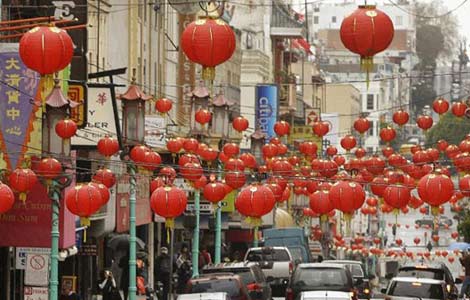
 Who's got the No 1 Chinatown in the US?
Who's got the No 1 Chinatown in the US?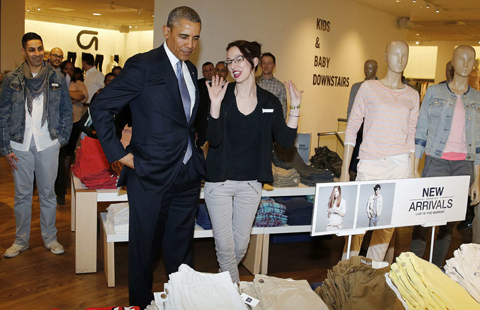
 Obama sweats over sweaters during shopping
Obama sweats over sweaters during shopping
 Chinese arcade games on display
Chinese arcade games on display
Most Viewed
Editor's Picks

|

|

|

|

|

|
Today's Top News
China, US 'should stress' mutual interests
Search for MH370 may expand to Indian Ocean
US warns Russia of 'serious' steps
Feinstein gives a wake-up on spying
Satellite images not of MH370 crash: officials
Nevada woos Chinese investment
China defends South China Sea action
Nobel laureate: Beijing reform policies 'dynamic and flexible'
US Weekly

|

|






